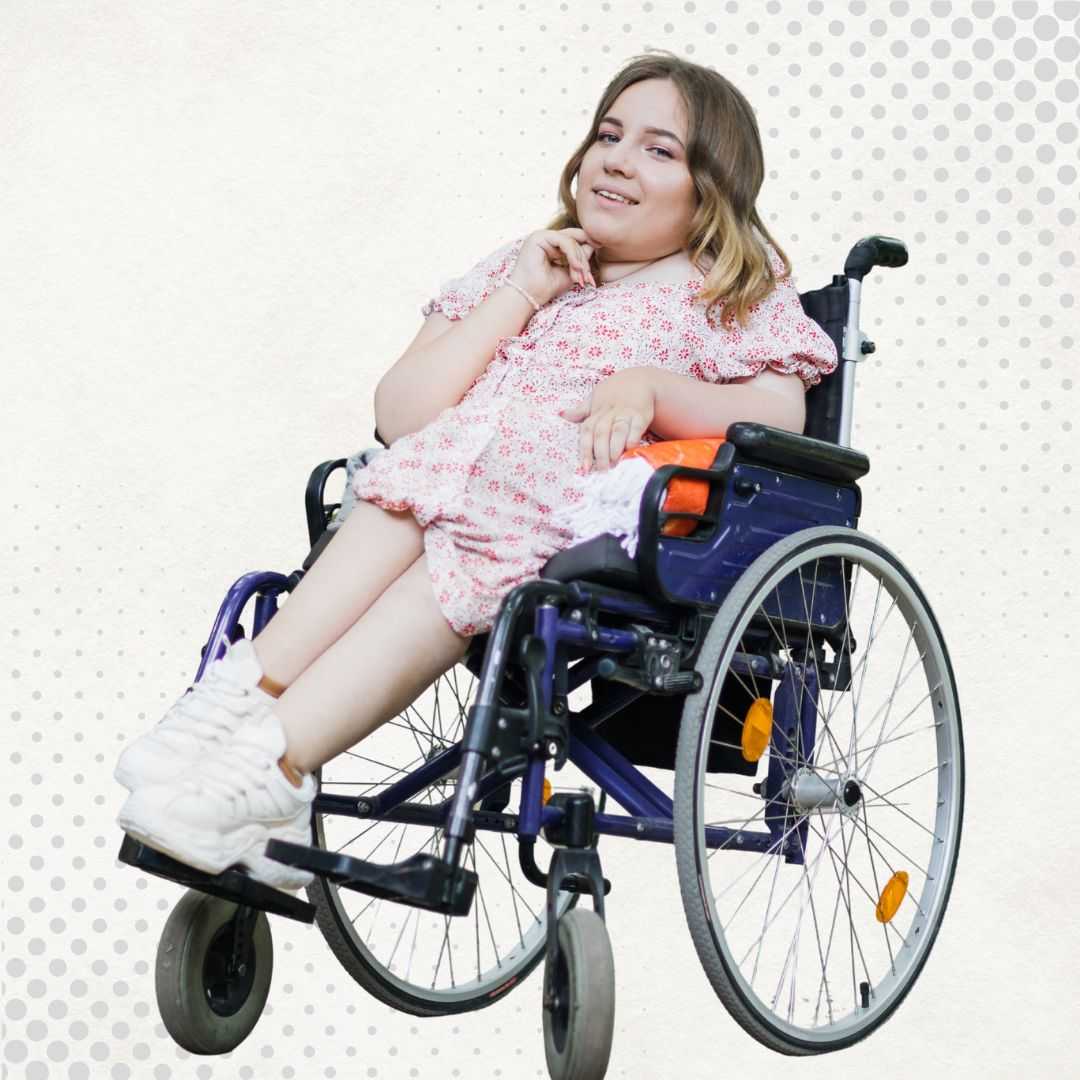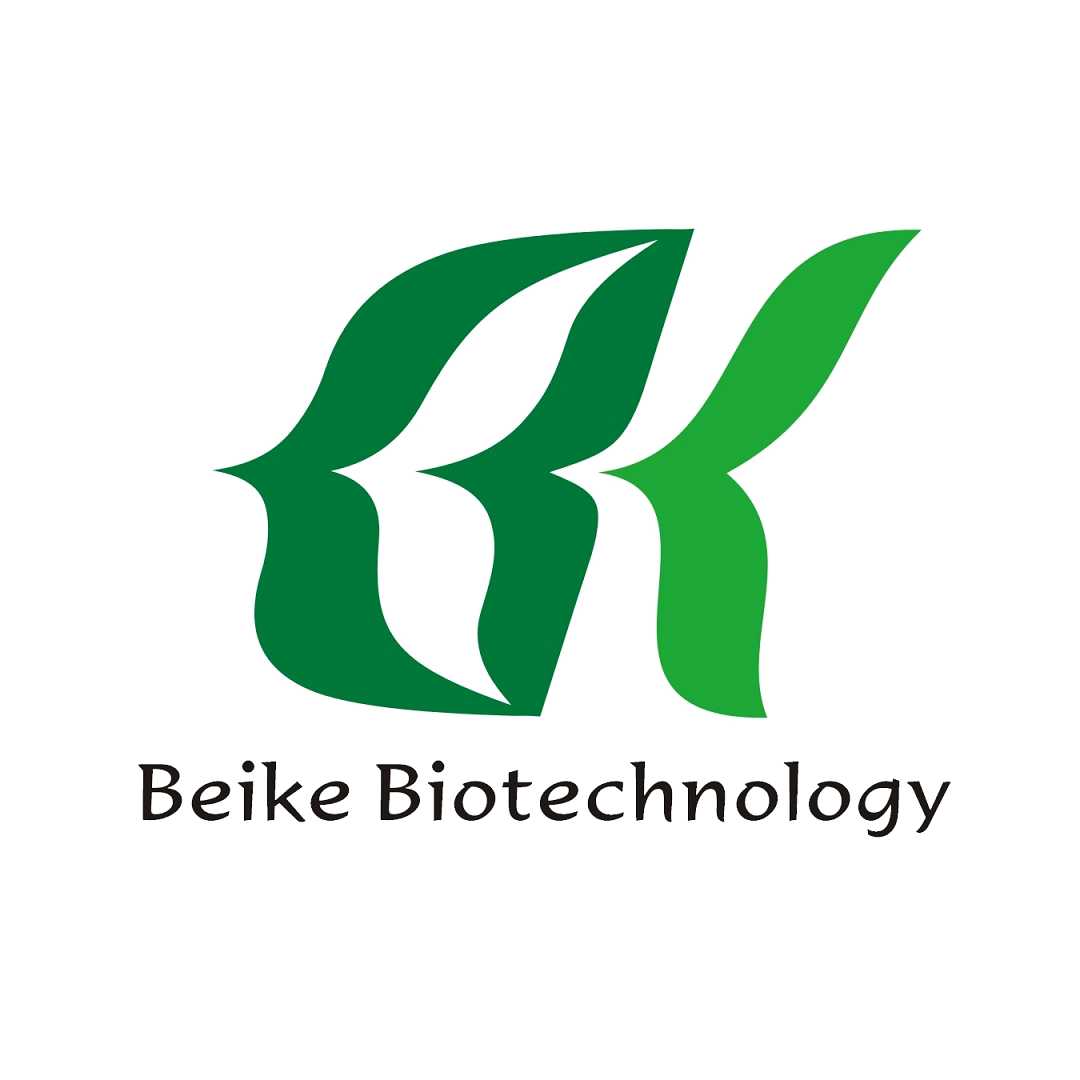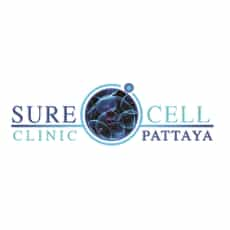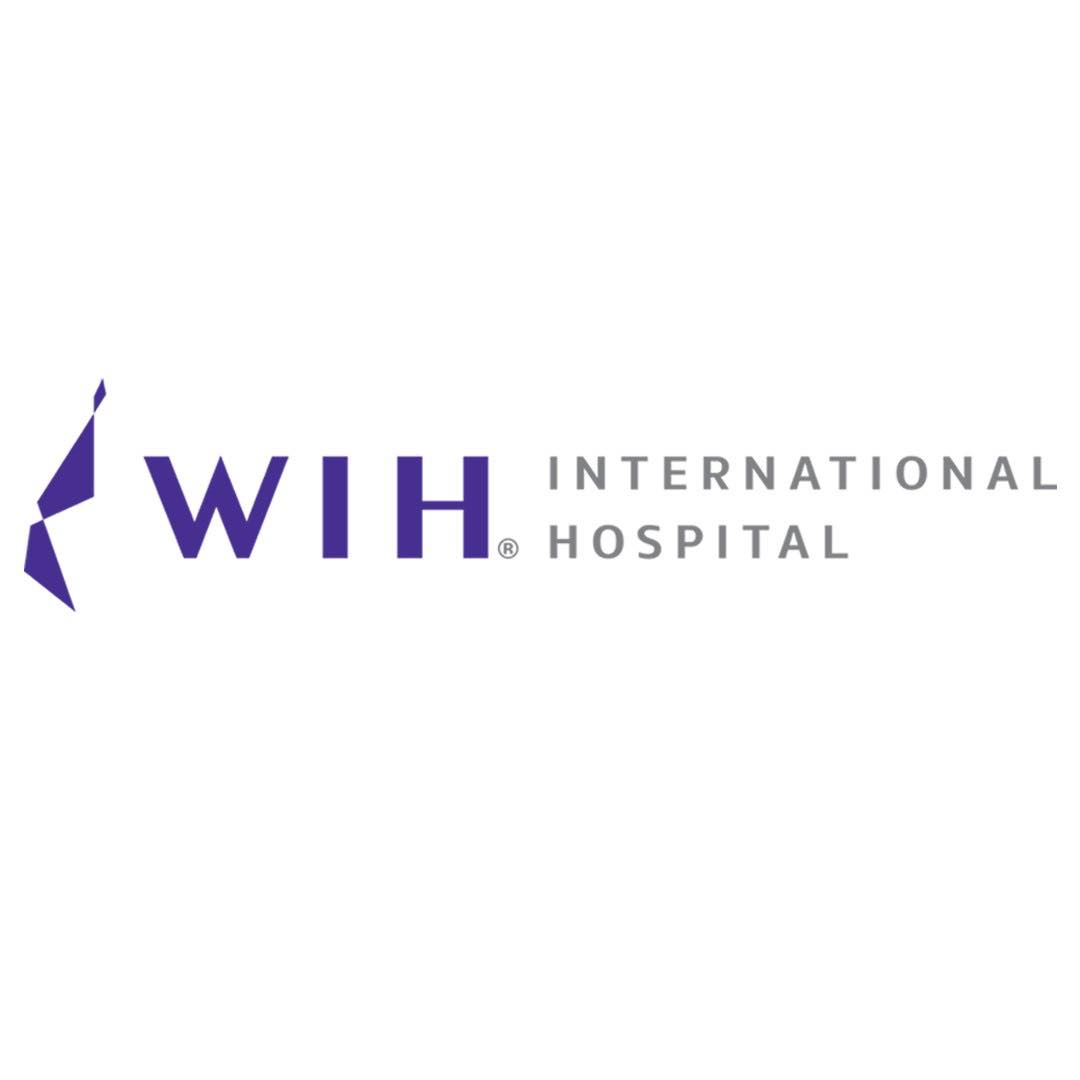Stem Cell Treatment Outcomes for Diabetes Patients in Thailand
.png)
For millions of people living with diabetes, the daily grind of insulin shots, blood sugar monitoring, and the constant fear of complications like neuropathy or kidney failure is exhausting. While traditional medicine focuses on managing symptoms, regenerative medicine offers a different hope: repairing the root cause. Thailand has positioned itself as a world leader in this field, offering advanced stem cell therapy for diabetes that attracts patients globally.
But beyond the glossy brochures, does it actually work? Can a trip to Bangkok really help you reduce your insulin dosage or stop the progression of the disease? The answer is nuanced. While it is not a "magic cure-all" for everyone, data from Thailand's top clinics shows significant success in stabilizing HbA1c levels and improving the quality of life for both Type 1 and Type 2 diabetics.
In this guide, we will explore the effectiveness of these treatments, break down the costs compared to the West, and explain the science behind how Thai doctors are using stem cells to "reboot" the pancreas and immune system. Whether you are battling insulin resistance or autoimmune destruction, understanding the reality of treatment in Thailand is the first step toward better health.
How effective is stem cell therapy for Type 1 vs Type 2 diabetes in Thailand?
The effectiveness of the therapy depends largely on the type of diabetes you have. For Type 2 Diabetes, which stems from insulin resistance and pancreatic exhaustion, outcomes in Thailand are robust. Stem cells help by reducing systemic inflammation (a key driver of resistance) and rejuvenating the tired beta cells in the pancreas. Many patients find they can lower their medication significantly.
For Type 1 Diabetes, which is an autoimmune condition where the body attacks its own pancreas, the goal is different. Stem cells are used to "calm" the immune system (immunomodulation) to stop the attack. While it is harder to reverse Type 1 completely, Thai protocols have successfully helped patients—especially those diagnosed recently—preserve their remaining function and reduce the frequency of hypoglycemic events.
What is the success rate of stem cell treatment for diabetes in Thailand?
Success in this field isn't always defined as "curing" the disease entirely, but rather as achieving remission or significant management. Clinical data from accredited centers in Bangkok suggests that about 8 out of 10 patients see measurable benefits. These benefits typically include a lower HbA1c score (the long-term measure of blood sugar) and better fasting glucose levels.
Patients often report outcomes like:
- Reduction in insulin dosage by 30% to 50%.
- Improved energy levels and reduced fatigue.
- Healing of diabetic ulcers or wounds that were previously stubborn.
- Reduction in neuropathy symptoms (tingling/pain in feet).
How does stem cell therapy work to treat diabetes?
The science relies on the unique properties of Mesenchymal Stem Cells (MSCs). When introduced into the body, these cells act as a "repair crew." They migrate to areas of inflammation and damage—in this case, the pancreas and the vascular system.
Once there, they release growth factors (paracrine signaling) that:
How much does stem cell therapy for diabetes cost in Thailand?
Thailand offers premium medical care at a fraction of Western prices. A typical diabetes protocol involves large doses of stem cells (often 100 million+), which would be prohibitively expensive in the US. The price variation depends on the number of cells, the source (umbilical vs. bone marrow), and the length of stay.
| Treatment Type | Cost in Thailand (USD) | Cost in USA (USD) | Inclusions |
|---|---|---|---|
| Standard Protocol (IV Infusion) | $12,000 - $18,000 | $40,000+ | 50-100M Cells |
| Comprehensive (IV + Local + Rehab) | $20,000 - $30,000 | $80,000+ | 200M+ Cells, Detox |
| Maintenance/Booster | $5,000 - $8,000 | $15,000+ | Follow-up dose |
Is stem cell therapy for diabetes legal in Thailand?
Thailand is not a "black market" for stem cells; it is a regulated medical hub. The Ministry of Public Health and the Thai FDA oversee the industry. Legitimate hospitals must use laboratories that meet Good Manufacturing Practice (GMP) standards. This ensures that the cells you receive are sterile, viable, and actually contain the therapeutic dosage promised.
However, "grey market" clinics do exist. It is vital to choose facilities that are transparent about their licensing and can show you their lab certifications. Avoid any clinic that offers treatment in a hotel room or non-sterile environment.
What is the procedure like?
The treatment is surprisingly simple for the patient. It usually begins with a thorough health screening and blood work. On the treatment day, you will likely receive an Intravenous (IV) infusion, similar to a vitamin drip. This allows the cells to circulate through the blood and home in on the pancreas and other inflamed organs.
In some advanced cases, doctors may perform a more targeted injection using angiography to deliver cells directly into the pancreatic artery, though this is less common. The entire process is painless, and patients are usually up and walking immediately after.
What are the risks or side effects?
Safety is a priority in Thai regulations. Because most clinics use Mesenchymal Stem Cells (MSCs) (often from umbilical cord tissue), there is virtually no risk of rejection (Graft vs Host Disease) because these cells are "immune privileged."
The most common side effects are mild and transient: * A slight fever or "flu-like" feeling for 24 hours (a sign the immune system is active). * Fatigue immediately following the procedure. * Minor bruising if a direct injection was used. Serious complications are extremely rare in accredited facilities.
Can stem cell therapy cure diabetes completely?
It is important to manage expectations. While some Type 2 patients may achieve remission (normal blood sugar without meds) for years, and some Type 1 patients may enter a "honeymoon phase" where they need very little insulin, calling it a permanent "cure" is misleading.
Think of it as turning back the clock. It repairs damage and resets the system, but lifestyle factors (diet, exercise) still play a massive role in maintaining those results. Repeat treatments (boosters) may be needed every few years to maintain the benefits.
What is the recovery time?
One of the biggest advantages is the lack of downtime. You are not recovering from surgery. You can enjoy your time in Thailand (lightly) the day after treatment. However, the results are not instant.
It takes time for the cells to repair tissue and modulate the immune system. Most patients start seeing changes in their blood sugar readings within 4 to 6 weeks, with improvements continuing for up to 6 months post-treatment.
Does insurance cover stem cell therapy in Thailand?
Unfortunately, because stem cell therapy for diabetes is not yet the standard of care in Western countries, insurance companies generally classify it as experimental and will not cover the bill. However, the cost in Thailand is often low enough that patients find it affordable to pay via savings or medical financing, considering the long-term savings on medication and complication management.
Considering Stem Cell Therapy for Diabetes?
Find accredited clinics in Thailand and get a personalized treatment plan. Compare costs, read patient reviews, and take the first step toward better health.


.png)




.jpg)


.jpg)






Share this listing